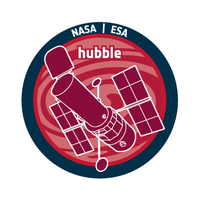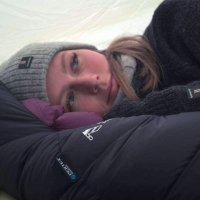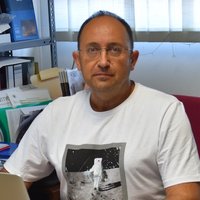
David Montes
@dmontesg
Prof. Dpto. Física de la Tierra y Astrofísica, UCM @Fisicas_UCM @unicomplutense, @IPARCOS_UCM, Vicedecano Investigación y Doctorado @CARMENES_exopl, @GaiaESO
ID: 279730366
https://webs.ucm.es/info/Astrof/users/dmg/dmg.html 09-04-2011 22:14:28
18,18K Tweet
3,3K Followers
5,5K Following
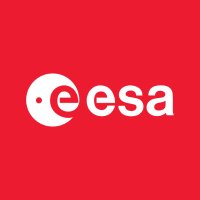
How does solar wind reach speeds of almost 2 million km/h? 🌊 The investigative duo ESA's Solar Orbiter and NASA Sun & Space’s Parker Solar Probe demonstrate that fast wind gets its energy by riding magnetic waves 👉 esa.int/Science_Explor…
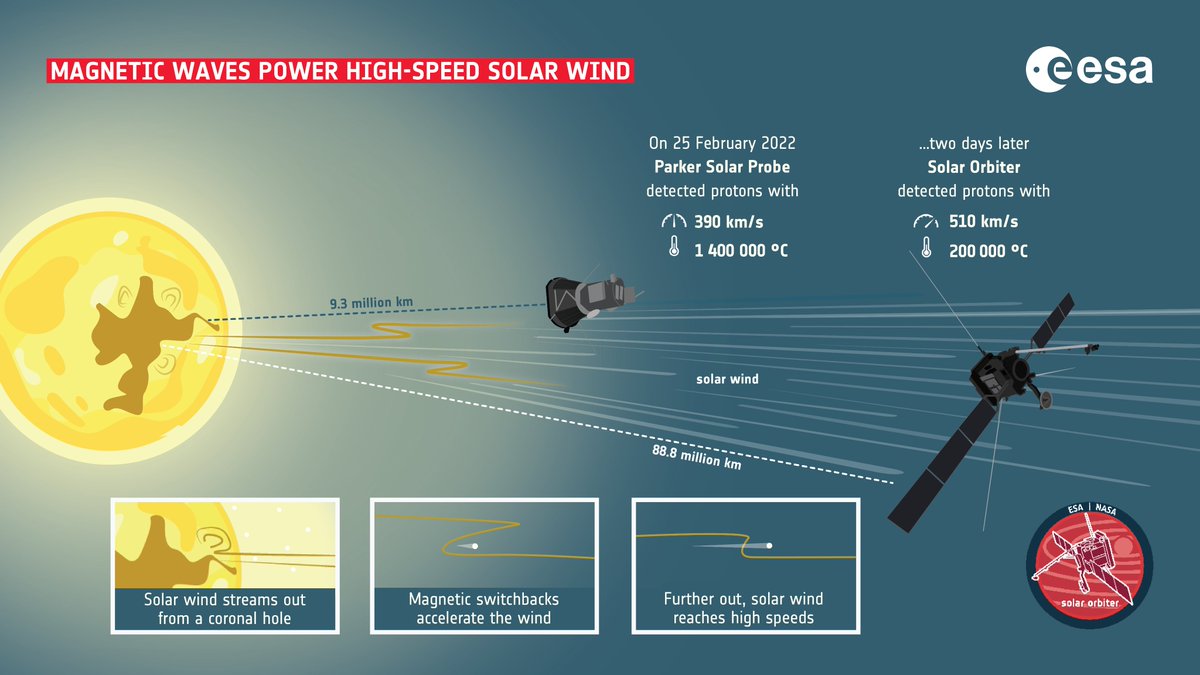



Honored to be present for the 2024 Kavli Prize Astrophysics lectures The Kavli Foundation The Kavli Prize Sara Seager American Astronomical Society (AAS) American Physical Society


El CSIC y Agencia Espacial Española se reúnen para discutir sobre la investigación espacial: 🪐Varios institutos CSIC trabajan sobre el espacio. ej. IAA-CSIC Institute of Space Sciences (ICE-CSIC) @IFIC IFCA Centro Astrobiología 🔭Lideran varios proyectos científicos de 1er nivel ej. Misión ARRAKHIS


Great talks today in Oslo from The Kavli Prize recipients David Charbonneau and Sara Seager !

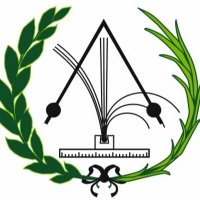
Hoy 3 de sep 2024 en el acto de Bienvenida 2024-2025 a los estudiantes de los grados Facultad Físicas UCM de nuevo ingreso. Bienvenida del Decano, charla Vicedecana de Estudiantes, Delegación de Estudiantes Delegación de Estudiantes de Físicas UCM y Visita a las mesas de las Asociaciones. 👉 fisicas.ucm.es/acto-de-bienve…




College of Science Computational and Data Science And now Peter Plavchan from GMU Physics & Astronomy (my fave department) is taking one small step for NASA and on huge step for College of Science as a lead institution for the Landolt space mission (putting an artificial star in space!)


Hoy 4 de septiembre 2024 en la sesión de bienvenida curso 2024-2025 a los estudiantes del Máster en Astrofísica UCM Máster Astrofísica UCM Facultad Físicas UCM Complutense 👉ucm.es/masterastrofis…

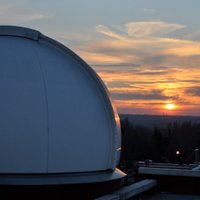
Bonito atardecer (4 sep 2024) en las cúpulas del Observatorio UCM Facultad Físicas UCM con nubes altas y rayos crepusculares que dejan ver a #Venus y la #Luna creciente 🌙 de solo un día (iluminación 2.5 %) —> ver las siguientes fotos de David Montes


Bonito atardecer (4 sep 2024) en las cúpulas del Observatorio UCM Facultad Físicas UCM con #Venus y la #Luna creciente🌙 de solo un día (iluminación 2.5 %). Fotos de David Montes




